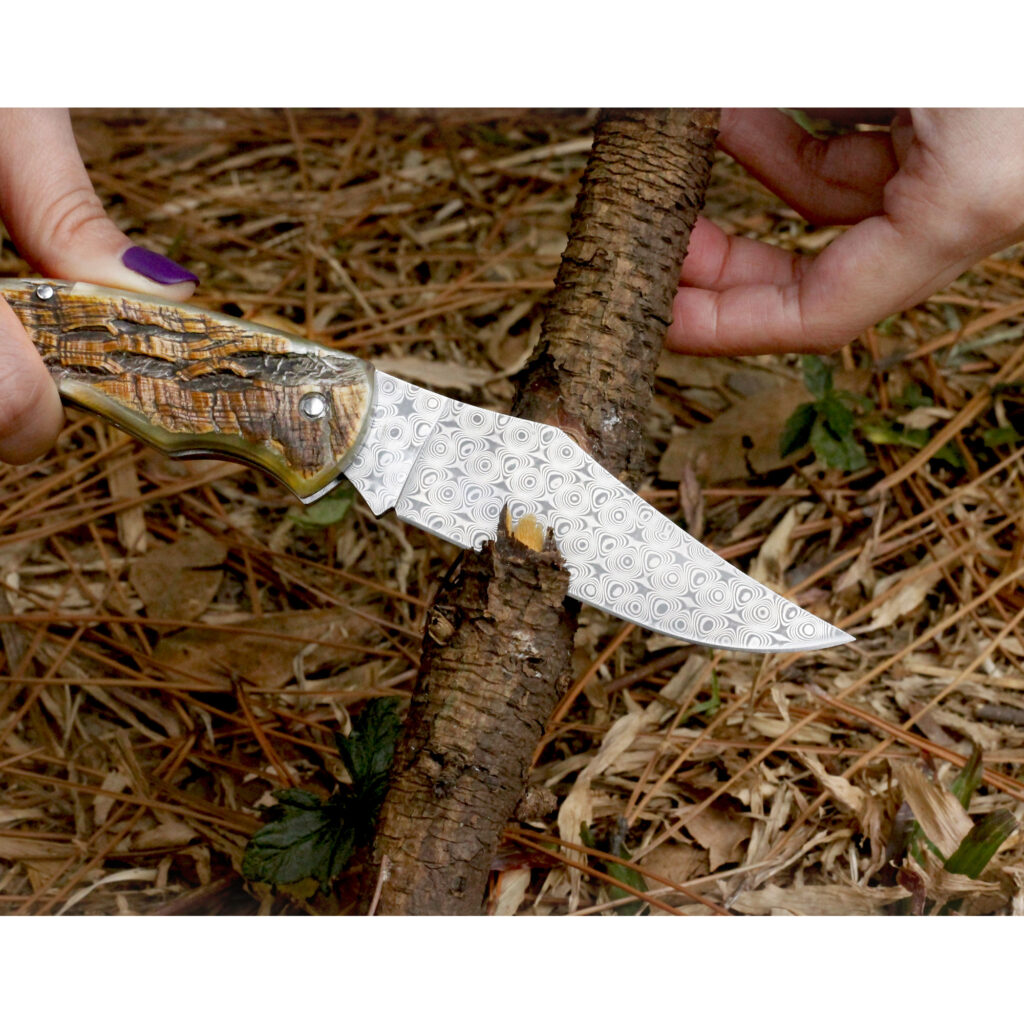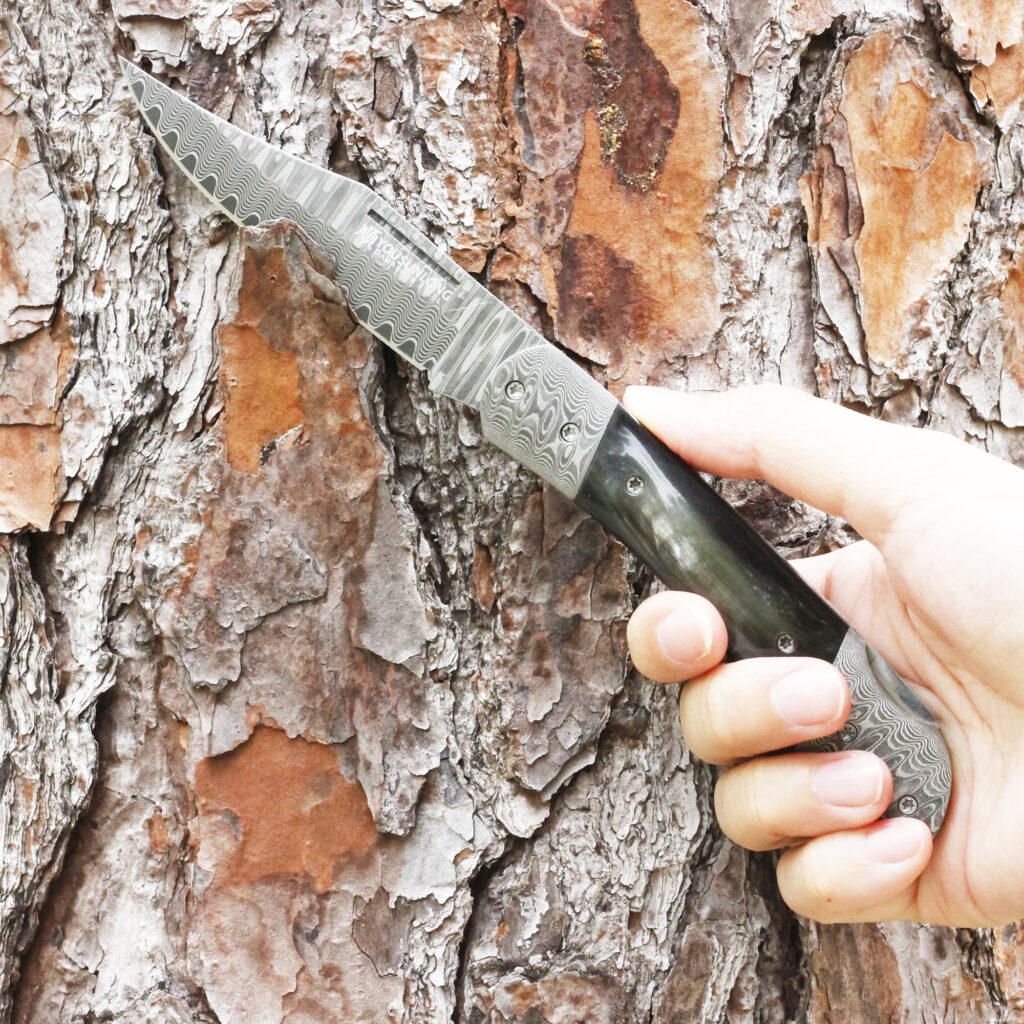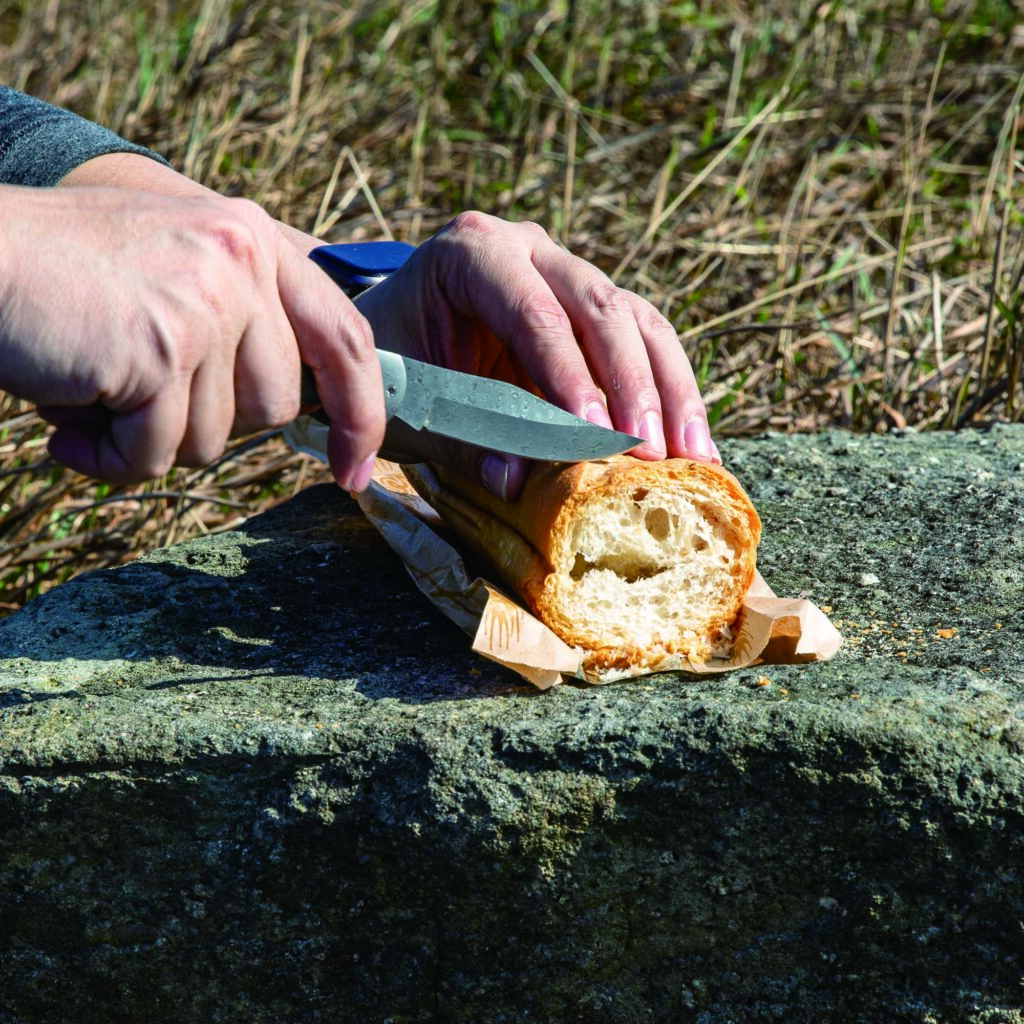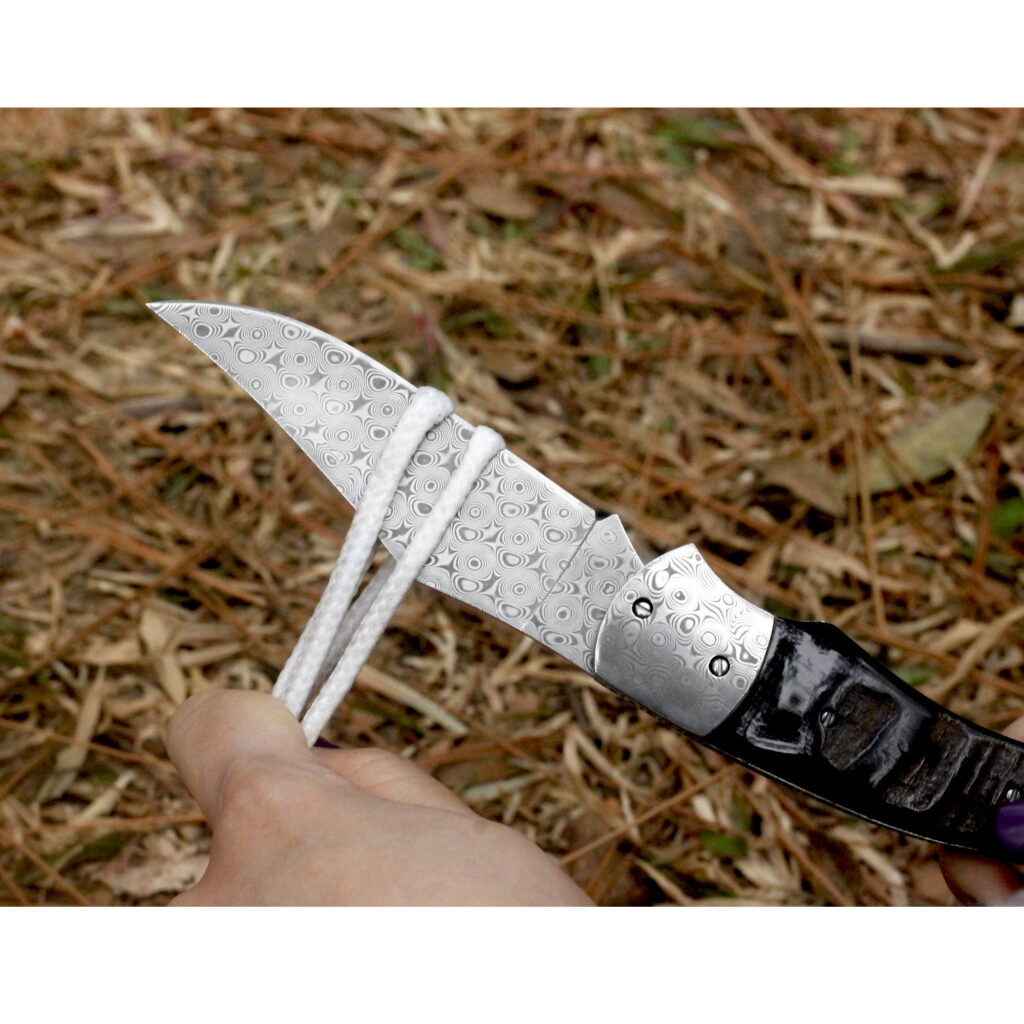Classic and capable, it’s no wonder that the clip point knife remains one of the most popular designs.
The clip point blade is one of the most common shapes you’ll see in both custom and factory made knives. You probably know this style by the common drop from the blade back to a curved or linear transition that ends at the tip.

The earliest known clip point blades date back to the Macedonian era. During this period, flint blades with clip points were found. Today, clip points are found on many knife styles, from tactical knives to EDC knives, from pocket knives to fixed blades.
- Advantages of Clip Points
The curved and sharp angle of the Clip Point tip gives it excellent piercing ability. The tip is sharp and thin, making it easy to get started when you need to pierce an object, making it suitable for delicate piercing tasks in the wild or in emergency situations, such as fish filleting and wilderness first aid.

The Clip Point blade has a slimmer tip for easier control. The tip is closer to the blade for more precise control, making it ideal for tasks that require fine cuts. The Clip Point blade excels for delicate work such as engraving, opening envelopes or boxes.

The blade has a smoother curvature, providing a longer effective cutting edge for smooth cutting operations such as slicing. It is especially suitable for skinning and processing softer objects, and can efficiently process food or prey during hunting and camping.

Clip Point knives are designed in a variety of styles, suitable for outdoor adventures, hunting, emergency rescue and other different scenarios, with high versatility. Its blade shape is highly adaptable and can handle most outdoor and daily cutting tasks.
- Disadvantages of Clip Points
The Clip Point tip is relatively thin and sharp, which increases the piercing force, but also reduces the sturdiness of the tip. When used on hard objects or encountering strong impacts, the tip may break or bend. Therefore, special care should be taken when handling hard objects or prying.
The Clip Point blade is relatively thin, making it less suitable for chopping or prying heavy objects. It will not perform as well as heavier blades such as the Tanto or Drop Point for tasks that require more durability.
Clip Point knives are usually smoother and have a thinner tip, which helps with delicate operations, but in extremely slippery or greasy environments, the smoothness of the tip and blade may reduce control and require a more stable grip.


Known for its precise piercing power and versatility, Clip Point blades are ideal for everyday, delicate cutting and piercing tasks. However, due to the slim tip, it is less durable and easily damaged when handling hard objects. Therefore, Clip Point is suitable for tasks mainly involving cutting and puncturing, and is not suitable for high-intensity or hard object cutting. For users who like lightweight and flexible knives, Clip Point is a good choice, but you need to pay attention to the usage scenario to avoid unnecessary damage to the tip of the knife.